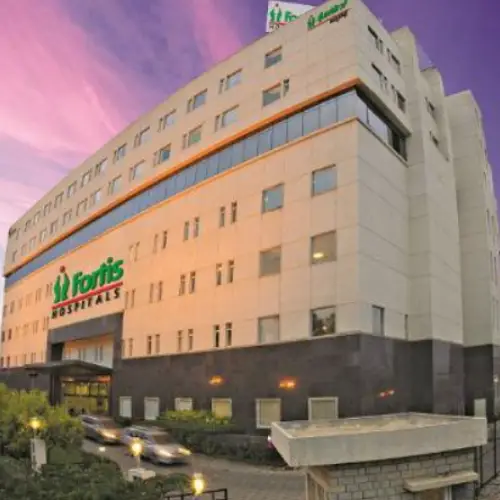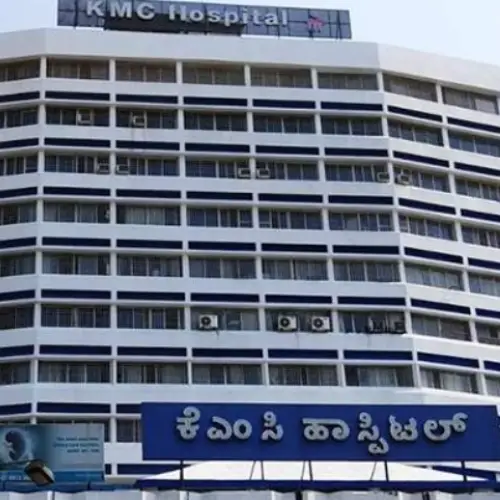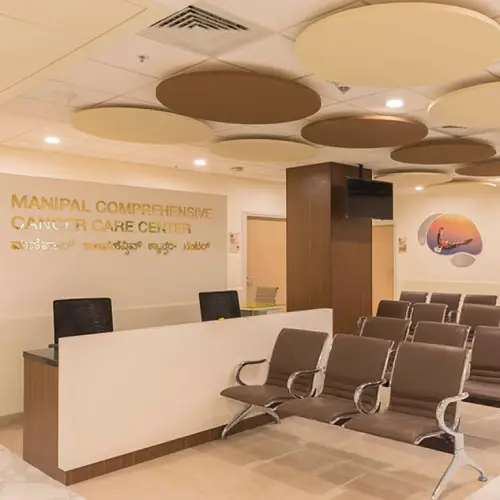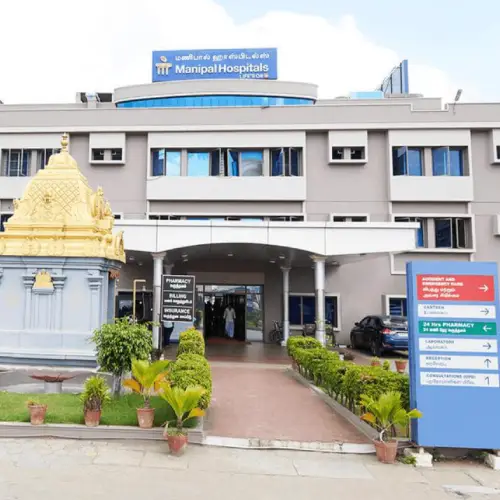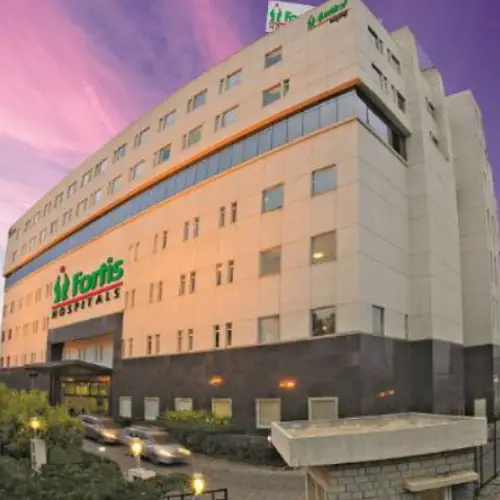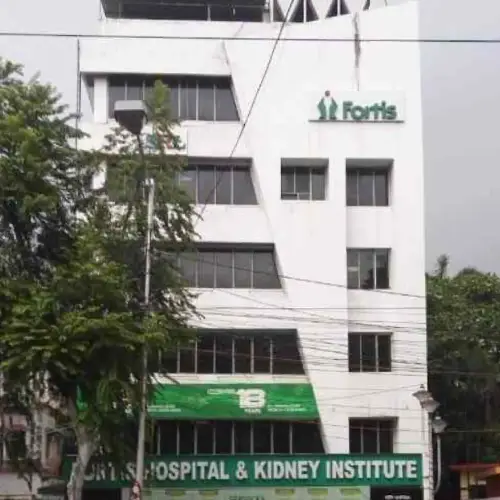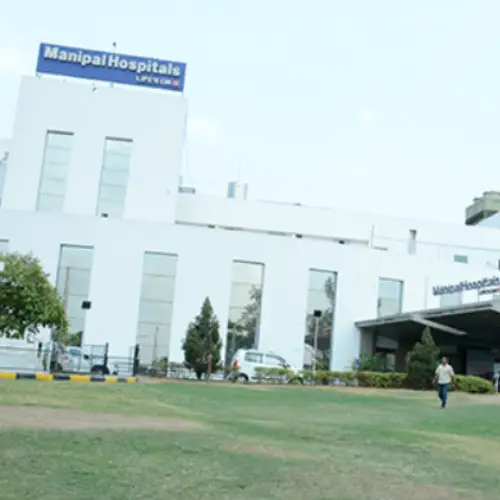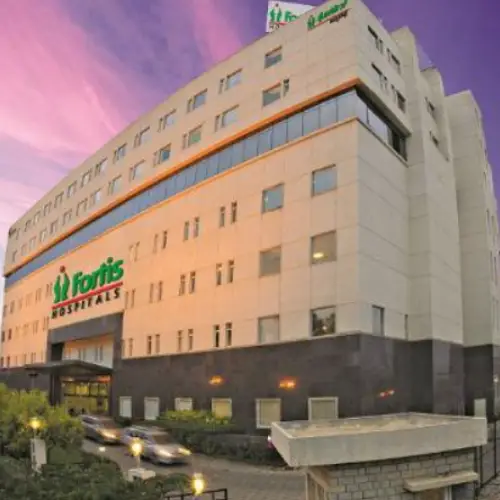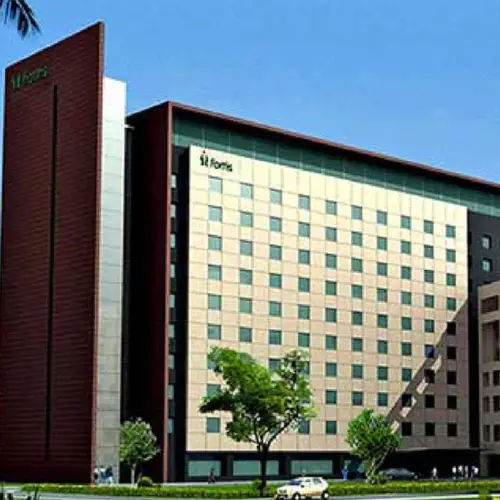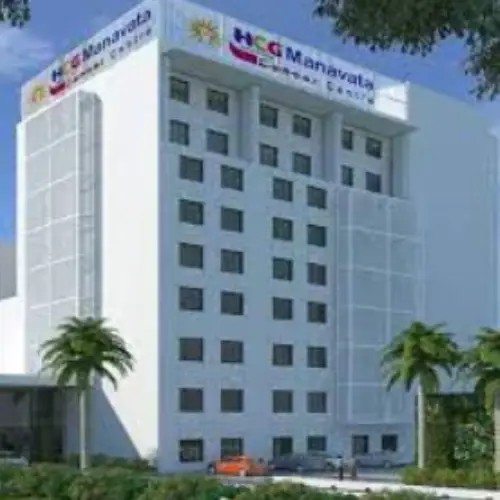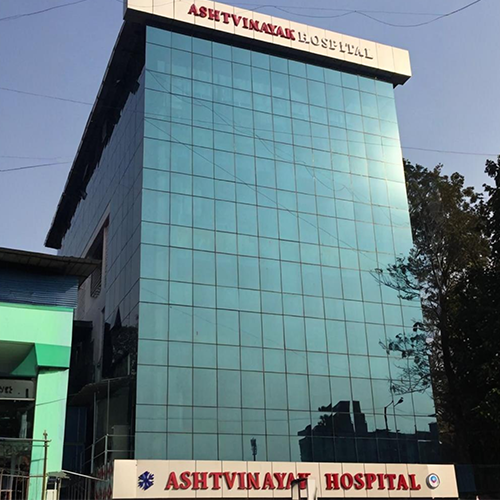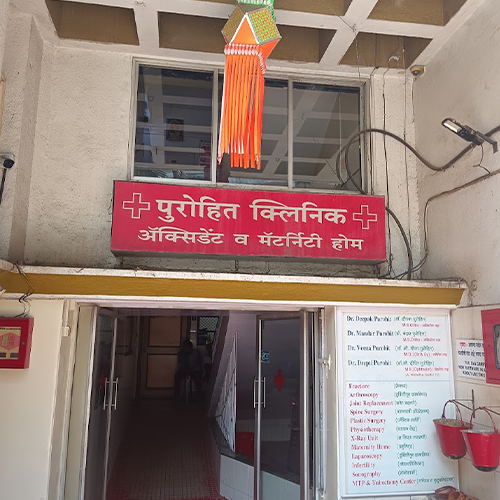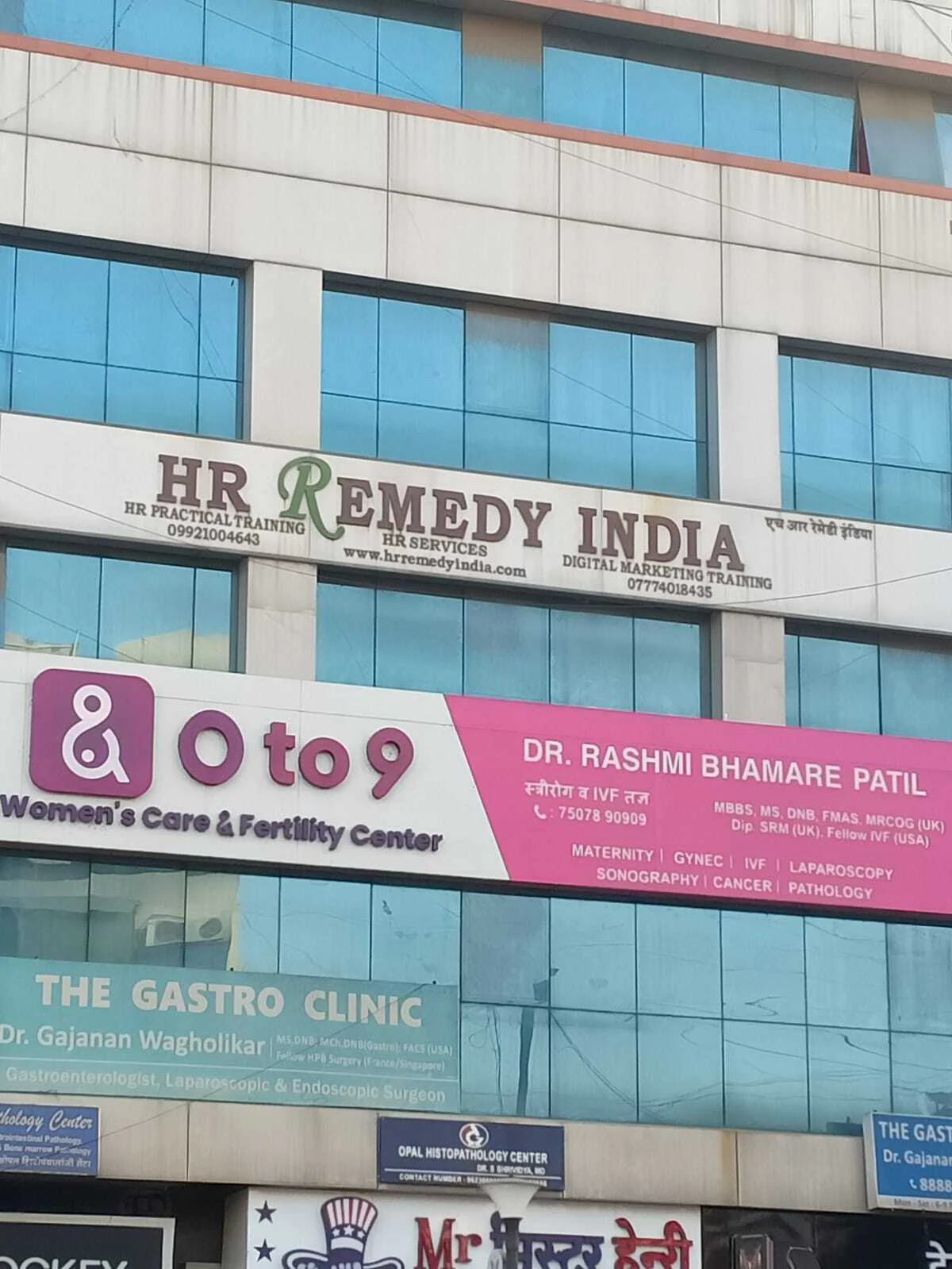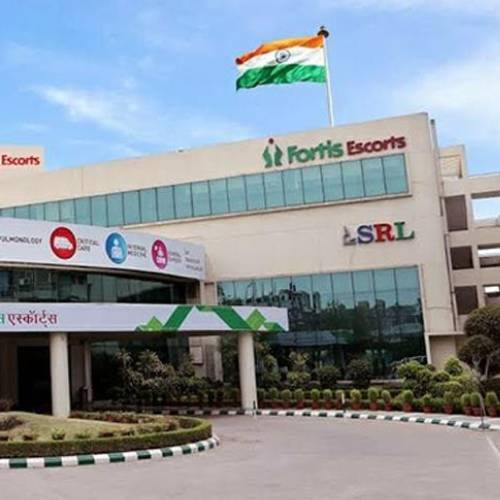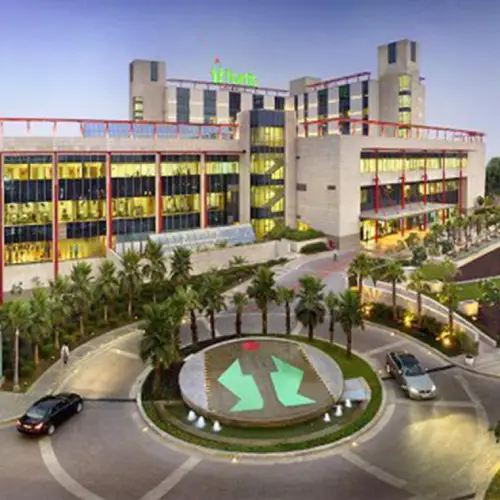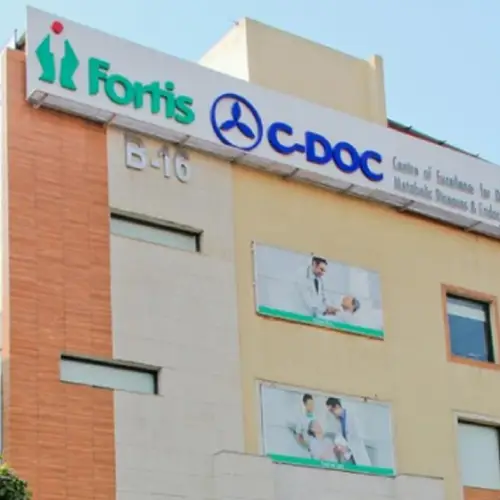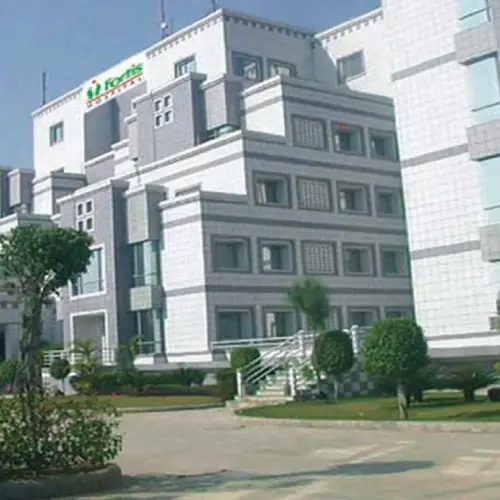Cervical Spine Surgery
Cervical Spine Surgery
What is Cervical Spine Surgery?

Cervical spine surgery is a medical procedure used to address issues in the neck region of the spine, such as herniated discs, spinal stenosis, or instability. The goal is to relieve pain, improve mobility, and prevent nerve or spinal cord damage. Common types of cervical spine surgery include discectomy (removal of a herniated disc), laminectomy (removal of part of the vertebra to widen the spinal canal), spinal fusion (joining vertebrae for stabilization), and artificial disc replacement (inserting a synthetic disc to maintain motion).
Why to undergo Cervical Spine Surgery?
Cervical spine surgery is often recommended to treat conditions such as herniated discs, spinal stenosis, degenerative disc disease, bone spurs, spondylosis, instability, and injuries or trauma that cause nerve compression or spinal cord pressure, leading to pain and limited mobility. When conservative treatments are ineffective, surgery aims to relieve symptoms, improve spinal alignment, and prevent further damage to the nerves or spinal cord.
Here are the symptoms and treatments for common spine disorders, along with a brief description of each condition:
Spine Disorders and its Treatments
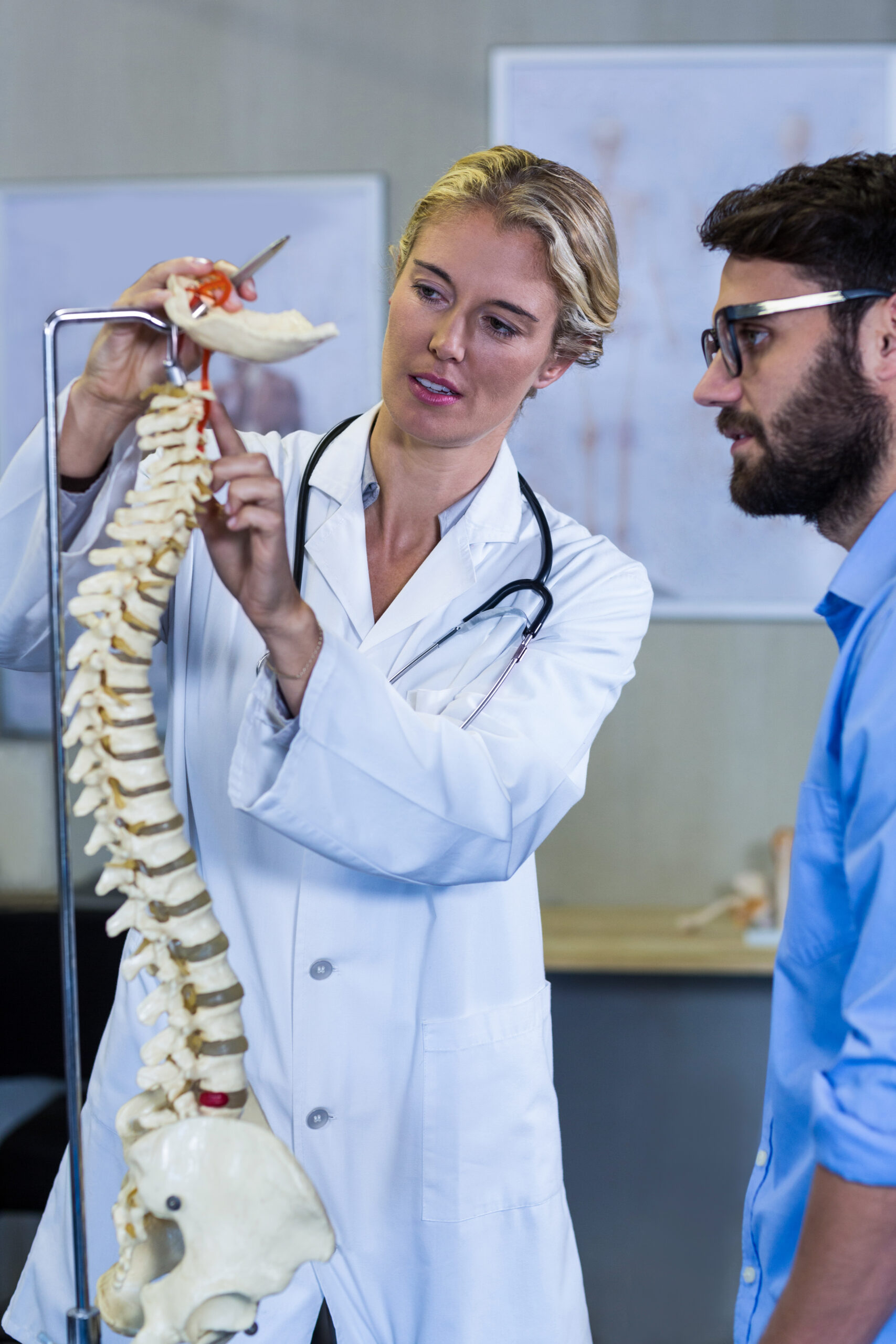
- Herniated Disc: A condition where the soft center of a spinal disc pushes out, causing symptoms like pain, numbness, or weakness due to nerve compression. Treatments may involve physical therapy, pain management, medications, or surgical procedures like discectomy or artificial disc replacement.
- Spinal Stenosis: A narrowing of the spinal canal, leading to pressure on the spinal cord or nerves, which results in pain, numbness, or weakness. Treatments include physical therapy, pain management, medications, and decompression surgery like laminectomy.
- Degenerative Disc Disease: A condition where age-related wear and tear on spinal discs causes pain and stiffness. Treatments may involve physical therapy, pain management, medications, or spinal fusion surgery.
- Spondylolisthesis: A spinal condition where a vertebra slips forward over the vertebra below it, causing nerve compression, pain, and discomfort. Treatments may include physical therapy, pain management, medications, or surgical intervention like spinal fusion.
- Scoliosis: A curvature of the spine often in an “S” or “C” shape that can cause symptoms such as uneven shoulders, hips, or waist. Treatments may involve physical therapy, bracing in children, or surgical correction such as spinal fusion.
- Osteoarthritis: A condition where the cartilage in spinal joints breaks down, causing inflammation, pain, and stiffness. Treatments can involve pain management, physical therapy, anti-inflammatory medications, or joint replacement surgery.
Symptoms indicating cervical spine disorders

- Neck Pain
- Numbness or Tingling
- Muscle Stiffness
- Headaches
- Muscle Weakness
- Difficulty Walking
What Are The Most Common Cervical Spine Surgery Procedures?
- Arthrodesis (Anterior Cervical Spinal Fusion Surgery):
A procedure to stabilize the cervical spine by fusing adjacent vertebrae, often used for herniated discs or spinal instability, involving bone grafts and sometimes metal plates.
- Anterior Cervical Corpectomy Spine Surgery:
A more extensive spinal fusion procedure where part of a vertebral body is removed to relieve pressure on the spinal cord, often for severe spinal stenosis or spinal cord compression.
- Posterior Cervical Decompression (Microdiscectomy) Surgery:
A minimally invasive procedure to remove herniated disc material or bone spurs from the back of the cervical spine to alleviate pressure on the spinal cord or nerves.
- Posterior Cervical Laminectomy:
A surgical procedure to remove the lamina, relieving pressure on the spinal cord caused by bone spurs or thickened ligaments.
What Should You Do Before Cervical Spine Surgery?
Before cervical spine surgery, it’s essential to undergo medical evaluations, discuss medications, make lifestyle modifications, arrange assistance, and prepare mentally and at home.
How To Prepare For Cervical Spine Surgery?

To get ready for cervical spine surgery, follow these steps:
- Get checked by your doctor with exams and scans.
- Stop smoking and eat healthily to help you heal.
- Follow instructions about your medications.
- Make your home safe and easy to move around in.
- Arrange help for daily tasks and rides.
- Learn about the surgery and what to expect.
- Follow specific pre-surgery instructions, like fasting.
- Get your physical examination done at least 10 days prior to surgery.
- Stop taking any medications or drugs prior to surgery without discussing with your doctor.
- Have your hospital supplies ready.
How Much Does Cervical Spine Surgery Cost In India?
The cost of cervical spine surgery in India typically ranges from ₹2,00,000 to ₹5,00,000 (approximately $2,500 to $6,500 USD), depending on factors such as the specific procedure, the hospital, the surgeon’s expertise, and the patient’s condition.
FAQs
Most patients stay in the hospital for 1-3 days after cervical spine surgery.
Patients can usually return to their regular routine within a few weeks to a few months, depending on the surgery and recovery progress
There are typically no specific dietary restrictions, but a healthy diet is recommended to support recovery.
Best Hospitals for Orthopaedic Surgical Oncology in India

At MediTours India, we stand as a distinguished leader in the realm of medical tourism, dedicated to transforming your healthcare journey into a seamless and transformative experience. With a commitment to excellence and a focus on your well-being, we pave the way for a new era of medical travel.
Contact Us
Address : C603 Jalaram Park LBS Road. Bhandup West Mumbai -400078 Phone : +91 9820344697 Email : ajit@meditoursindia.in
Copyright by indiameditours 2023. All rights reserved.



